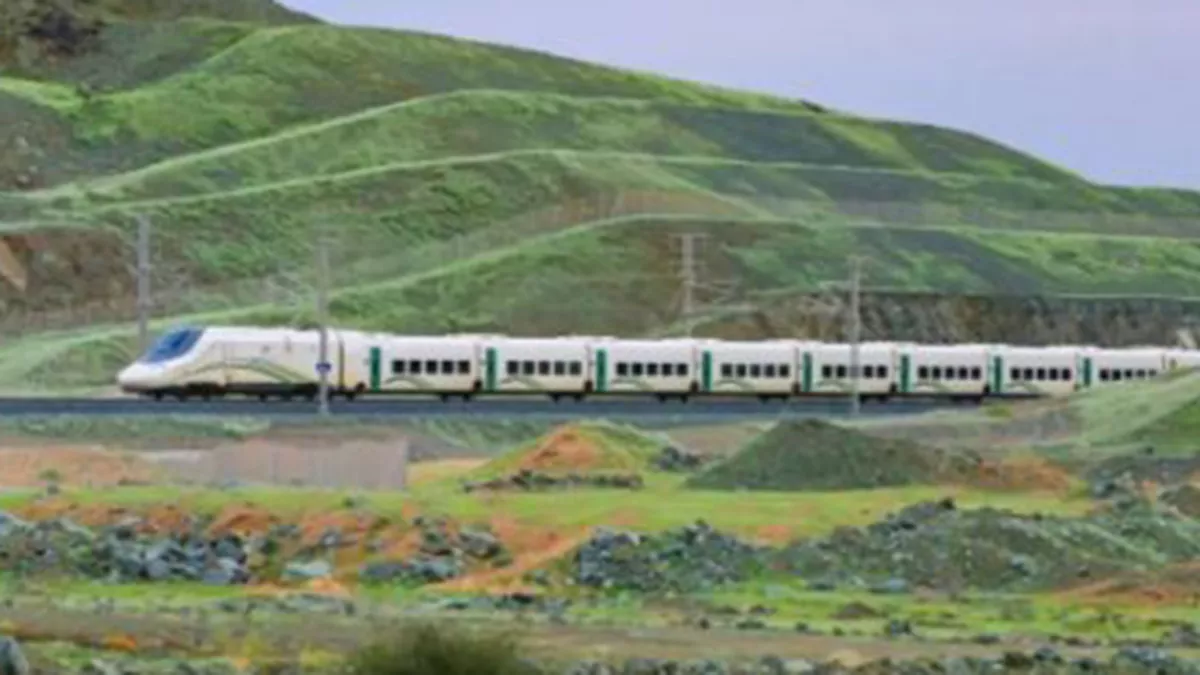
The Makkah region's vegetation cover increased by 600% throughout the course of the last five months, from August to December 2023, according to the National Centre for Vegetation Cover Development and Combating Desertification. This rise is explained by the period's heavy weather, with some locations seeing up to 200 mm of rain.
Based on the examination of remote sensing data, the total area covered by vegetation in Makkah in August was 3,529.4 square kilometres, or 2.3% of the region's total area. With more rainfall throughout the next months, this region progressively expanded, reaching 26,256 square kilometres by year's end.
As of December 2023, 17.1% of the Makkah region's total surface was covered with vegetation, mostly in the 500–2,600 metre high mountains and highlands that run parallel to the shore of the Red Sea. The governorates of Makkah, Taif, Al Laith, Al Jumum, Al Kamil, and Khulais are included in this.
The national centre tracks changes at tree-planting project locations and evaluates the condition of vegetation cover regions. It also uses artificial intelligence and remote sensing technology to calculate rainfall amounts, monitor changes in land cover, and evaluate the health of plants. This helps the Saudi Green initiative and tree-planting efforts reach their goals. After examining every aspect of green spaces, the centre is also focusing on safeguarding vegetation-covered areas around the Kingdom and creating tools to help prepare for and lessen droughts.
